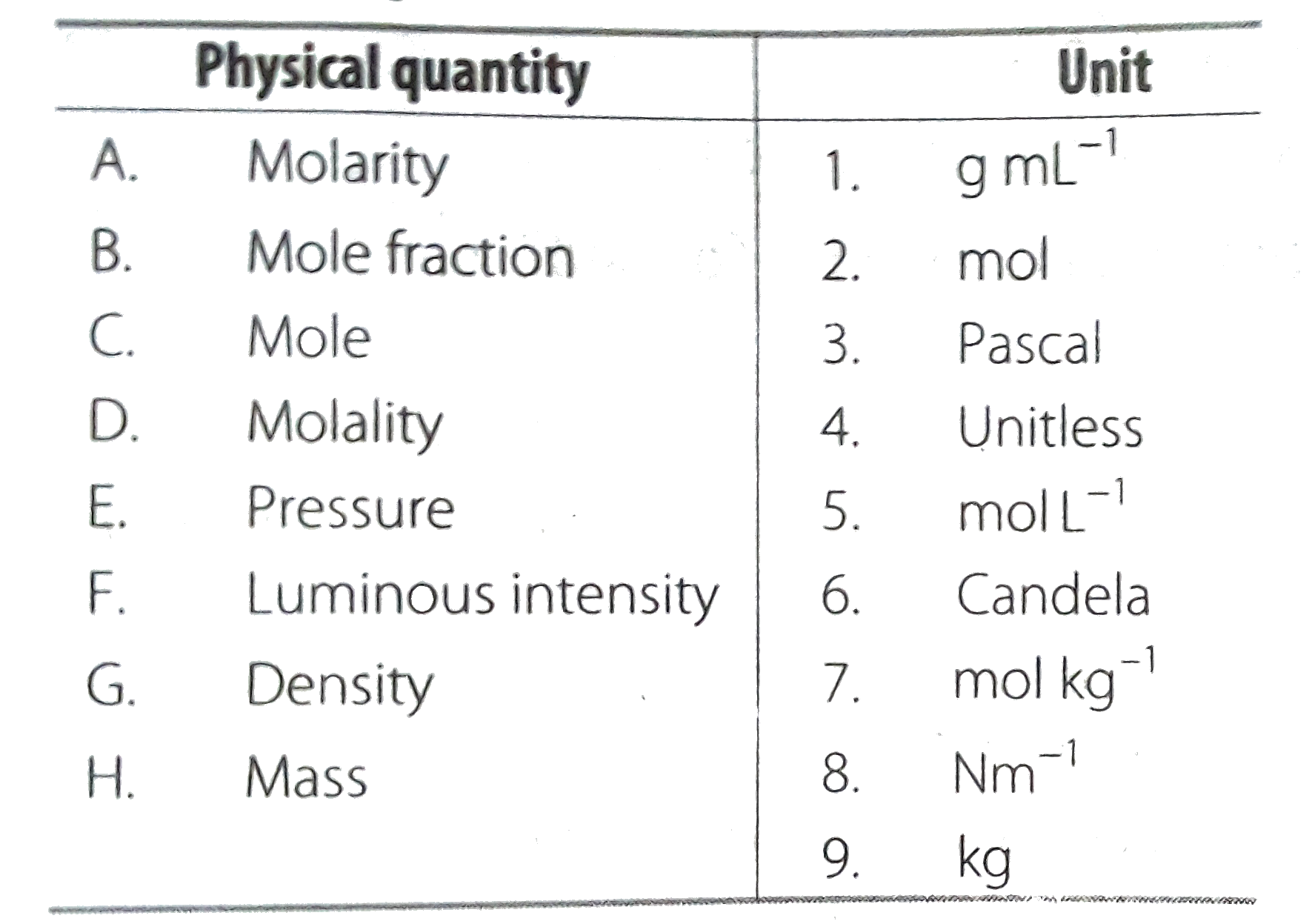Which of the following physical quantities contained in a small volume oscillates at double the frequency of passing electromagnetic wave?
Electric field
Magnetic field
Magnetic energy
All of these
The correct Answer is:C
To solve the question, we need to identify which physical quantity oscillates at double the frequency of a passing electromagnetic wave.
1. Understanding the Electromagnetic Wave:
An electromagnetic wave consists of an oscillating electric field (E) and an oscillating magnetic field (B). The electric field oscillates in one direction (say y-axis) and the magnetic field oscillates in a direction perpendicular to it (say z-axis). The wave travels in the x-direction.
2. Equations of the Fields:
The electric field can be represented as:
Ey=E0sin(ωt−kx)
The magnetic field can be represented as:
Bz=B0sin(ωt−kx)
Here, ω is the angular frequency and k is the wave number.
3. Energy in the Magnetic Field:
The energy density (energy per unit volume) in the magnetic field is given by:
uB=B22μ0
where μ0 is the permeability of free space.
4. Substituting the Magnetic Field:
Substituting Bz into the energy density equation:
uB=(B0sin(ωt−kx))22μ0
This simplifies to:
uB=B20sin2(ωt−kx)2μ0
5. Using the Trigonometric Identity:
We can use the identity sin2(x)=1−cos(2x)2:
uB=B204μ0(1−cos(2(ωt−kx)))
6. Frequency Analysis:
The term cos(2(ωt−kx)) indicates that the oscillation occurs at a frequency of 2ω, which is double the frequency of the original electromagnetic wave.
7. Conclusion:
Therefore, the physical quantity that oscillates at double the frequency of the passing electromagnetic wave is the energy density in the magnetic field.
Answer:
The physical quantity that oscillates at double the frequency of the passing electromagnetic wave is the energy density in the magnetic field.
An electromagnetic wave consists of an oscillating electric field (E) and an oscillating magnetic field (B). The electric field oscillates in one direction (say y-axis) and the magnetic field oscillates in a direction perpendicular to it (say z-axis). The wave travels in the x-direction.
The electric field can be represented as:
Ey=E0sin(ωt−kx)
The magnetic field can be represented as:
Bz=B0sin(ωt−kx)
Here, ω is the angular frequency and k is the wave number.
The energy density (energy per unit volume) in the magnetic field is given by:
uB=B22μ0
where μ0 is the permeability of free space.
Substituting Bz into the energy density equation:
uB=(B0sin(ωt−kx))22μ0
This simplifies to:
uB=B20sin2(ωt−kx)2μ0
We can use the identity sin2(x)=1−cos(2x)2:
uB=B204μ0(1−cos(2(ωt−kx)))
The term cos(2(ωt−kx)) indicates that the oscillation occurs at a frequency of 2ω, which is double the frequency of the original electromagnetic wave.
Therefore, the physical quantity that oscillates at double the frequency of the passing electromagnetic wave is the energy density in the magnetic field.
The physical quantity that oscillates at double the frequency of the passing electromagnetic wave is the energy density in the magnetic field.
Topper's Solved these Questions
- ELECTROMAGNETIC WAVESBOOK - AAKASH INSTITUTE ENGLISHCHAPTER - ELECTROMAGNETIC WAVESEXERCISE - ASSIGNMENT SECTION - C Previous Years Questions
22 Videos
- ELECTROMAGNETIC WAVESBOOK - AAKASH INSTITUTE ENGLISHCHAPTER - ELECTROMAGNETIC WAVESEXERCISE - ASSIGNMENT SECTION - D Assertion-Reason Type Questions
25 Videos
- ELECTROMAGNETIC WAVESBOOK - AAKASH INSTITUTE ENGLISHCHAPTER - ELECTROMAGNETIC WAVESEXERCISE - ASSIGNMENT SECTION - A Objective Type Questions
25 Videos
- ELECTROMAGNETIC INDUCTIONBOOK - AAKASH INSTITUTE ENGLISHCHAPTER - ELECTROMAGNETIC INDUCTIONEXERCISE - ASSIGNMENT(SECTION -D) Assertion-Reason type Question)
15 Videos
- ELECTROSTATIC POTENTIAL AND CAPACITANCE BOOK - AAKASH INSTITUTE ENGLISHCHAPTER - ELECTROSTATIC POTENTIAL AND CAPACITANCE EXERCISE - ASSIGNMENT SECTION - D
9 Videos
Similar Questions
Knowledge Check
Which of the following physical quantities have into same dimensions ?
Amomentum and impulseBpressure and Young's modulusCenergy and angular momentumDforce constant and moment of inertiaWhich of the following pairs of physical quantities have same dimensions?
AForce and powerBTorque and energyCTorque and powerDForce ad torque.Which of the following physical quantities has a unit but no dimensions?
ARelative velocityBRelative densityCStrainDAngle
Match the following physical quantities with units.

View SolutionWhich of the following physical quantities do not have same dimensions ?
View SolutionWhich of the following physical quantities do not have same dimensions ?
View SolutionWhich of the following physical quantity unit is not a fundamental unit?
View SolutionWhich of the following physical quantities has neither units nor dimensions?
View Solution
